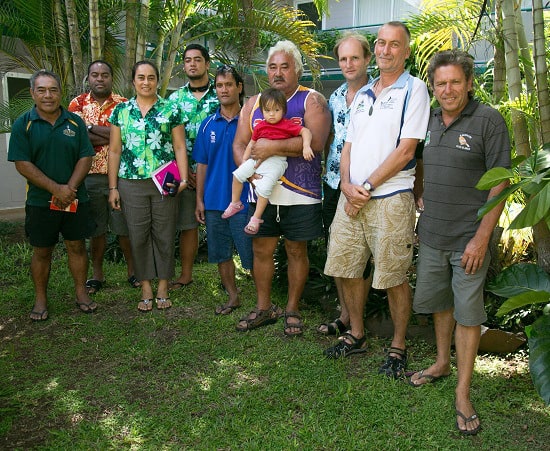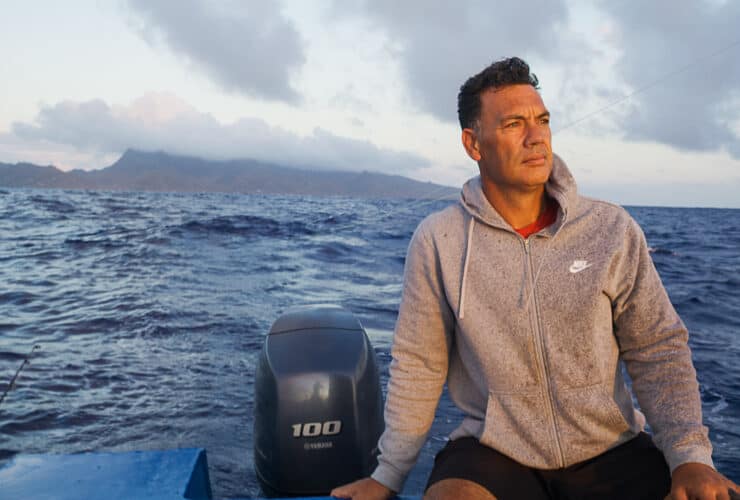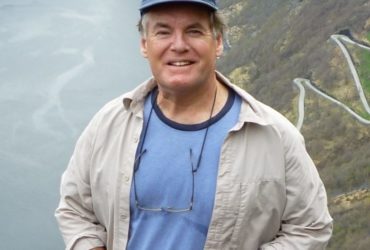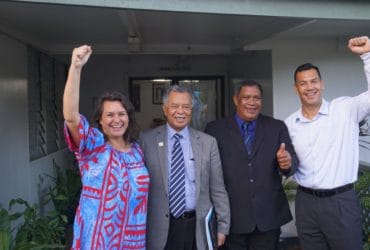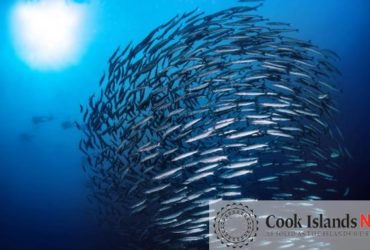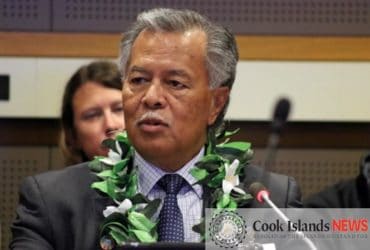Rat Eradication in Suwarrow, Cook Islands
Suwarrow Atoll, a necklace of remote Cook Islands landforms, has been renowned for many things over the centuries; a Pacific treasure trove, a hermit’s paradise and a birder’s wonderland.
It would be perfect except for an invasion of rats.
Across Polynesia, Pacific, Brown and Black Rat brought in by vessels over the past 200 years have driven more bird species to extinction than in any other region in the world.
Suwarrow, where 100,000 seabirds are found, has not escaped the slaughter.
“Left unchecked the rats put at risk globally important seabird populations found at the site”, said Ian Karika – from Te Ipukarea society (BirdLife in the Cook Islands).
Its importance as a breeding sanctuary for seabirds, and Important Bird Area, can’t be underestimated. It is home to 9% of the world’s population of Lesser Frigatebird, 3 % of the world’s Red-Tailed Tropicbird and a staggering 100,000 Sooty Tern.
“The fear is the rats will continue their invasion to other parts of the atoll”, said BirdLife’s Steve Cranwell who has removed invasive species from 30 islands across the Pacific.
Now BirdLife International and Te Ipukarea Society (BirdLife in the Cook Islands) are about to set off for Suwarrow to eradicate the rats for good. Following two years of careful planning, the small team will use their expert knowledge to eradicate all the rats and save the remaining seabird colonies.
Joining the team is wildlife documentary filmmaker Nick Hayward who will be producing a film about the operation and will be posting regular blogs about the trip via satellite phone. Nick won a place on the trip following a worldwide search by BirdLife for an experienced wildlife filmmaker to record the adventure.
“I’m really looking forwards to blogging from the field and telling the fascinating stories which will happen during such an amazing trip”, said Nick as he prepared to leave Rarotonga.
“With invasive species accounting for 90 % of all known extinctions since 1800 we know the stakes are high”, added Nick.
The baiting operation will last for just a month, a successful decade of perfecting the science of island rat eradication has meant less ‘wait and see’ and more extermination of rats.
In mid-May, the team will return from Suwarrow to Rarotonga, a 950 kilometre journey on the Cook Islands Traditional Vaka, Marumaru atua.
The film which Nick will create – with the kind support of Wildiaries – will be launched in June at BirdLife’s World congress, and used to launch a new global Invasive Alien Species Programme.
You can follow Nick’s posts by subscribing to emails at http://birdlife-pacific.wildiaries.com/or through BirdLife’s Facebook and Twitter pages.
The BirdLife Invasive Alien Species Programme urgently needs your support to tackle more sites and save more species. To support our work and make a donation today, please go to www.justgiving.com/BirdLife-invasive-specieswhere every penny counts. Thank you.
The expedition to remove rats from Suwarrow National Park is a joint project between BirdLife International, Te Ipukarea Society (BirdLife Partner in the Cook Islands) and the Cook Island National Environment Service. The project is being kindly supported by the European Community, David and Lucile Packard Foundation, SPREP, GEF and Critical Ecosystem Partnership Fund, and forms part of the BirdLife Invasive Alien Species Programme which is tackling this greatest of threats to wildlife around the world.
BirdLife wishes to thank the efforts of many who are supporting the programme including Pacific Invasive Initiative, Pacific Invasive Learning Network, New Zealand Department of Conservation the University of the South Pacific, Landcare Research New Zealand, Island Conservation, Wildiaries and Nick Hayward


